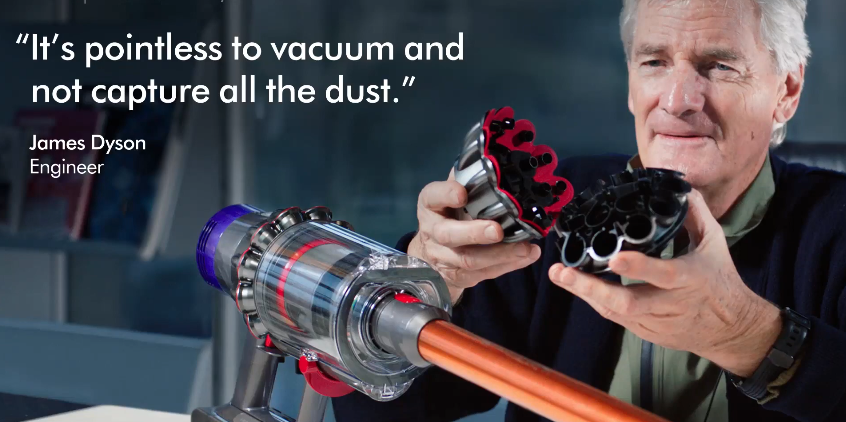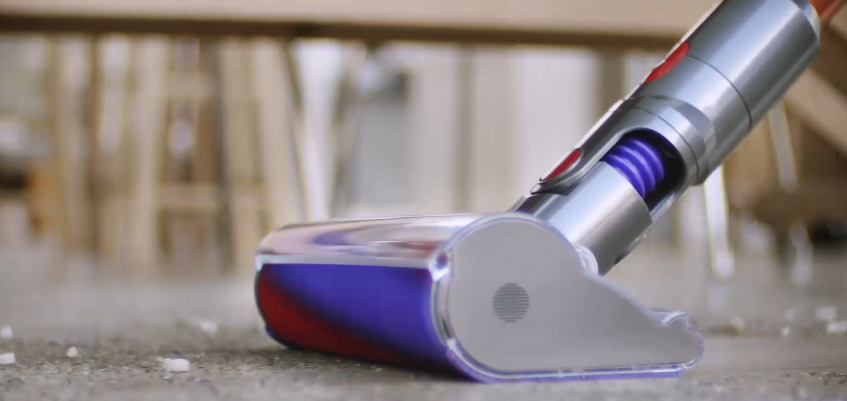Vacuum technology is an essential tool in today’s high-tech world, quietly playing a vital role in numerous industries. From manufacturing semiconductors to enabling space exploration, vacuum technology helps create and maintain air and contaminants-free environments. But what exactly is Vacuum Technology, and why is it so important? Let’s dive into this fascinating field, explore its significance, and see how it’s transforming the future.
Understanding Vacuum Technology
At its core, vacuum technology refers to creating and applying vacuums—spaces where air pressure is much lower than atmospheric pressure. This technology allows industries to work in environments that are free from gases, dust, or any particles that can interfere with precision processes.
Why is Vacuum Important?
A vacuum is crucial in various industries because:
- It enables chemical-free, sterile environments.
- Reduces friction, allowing smoother operations in machinery.
- Prevents contamination in manufacturing delicate items like microchips.
“Vacuum Technology: Precision Beyond Limits!”
How Does Vacuum Technology Work?
Creating a vacuum isn’t just about sucking air out of a space; it involves a series of controlled steps to achieve the desired pressure level. There are different types of vacuums, from low to ultra-high vacuums, depending on the application.
Steps Involved in Creating a Vacuum:
- Pumping Out Air: The first step in creating a vacuum is using a vacuum pump to remove air or gases from a sealed chamber.
- Sealing the Space: Once the air is removed, the space needs to be sealed tightly to maintain the vacuum.
- Monitoring the Pressure: Instruments such as vacuum gauges are used to monitor the pressure inside the vacuum chamber to ensure the desired vacuum level is achieved.
- Maintaining the Vacuum: It’s not enough to create the vacuum; it must be maintained. Advanced technology like getter pumps helps maintain a stable vacuum by absorbing gases that may leak into the chamber over time.
Types of Vacuum Technology
Here’s a look at the different vacuum levels:
| Vacuum Type | Pressure Range | Common Uses |
|---|---|---|
| Low Vacuum | 760 – 25 torr | Refrigeration, automotive manufacturing |
| Medium Vacuum | 25 – 0.001 torr | Food packaging, drying processes |
| High Vacuum | 0.001 – 1×10⁻⁶ torr | Semiconductor production, laboratory experiments |
| Ultra-High Vacuum | Less than 1×10⁻⁹ torr | Particle accelerators, space simulation chambers |
Low Vacuum:
This is the easiest and most common vacuum to create. It’s primarily used in processes like refrigeration or in the production of light bulbs.
Medium Vacuum:
Often used in industrial processes like food packaging and drying, the medium vacuum removes more air than the low vacuum.
High Vacuum:
This level of vacuum is used for precision manufacturing, like semiconductor production and scientific research where clean environments are crucial.
Ultra-High Vacuum:
In ultra-high vacuum environments, only a few molecules remain.
Applications of Vacuum Technology
Vacuum technology is versatile and spans multiple industries. Here are some key applications:
- Semiconductor Manufacturing:
The production of computer chips and circuits requires a completely clean and particle-free environment. - Medical Industry:
Devices such as vacuum-sealed packaging for sterilization and medical implants rely on vacuum technology. - Food Processing:
Vacuum packaging keeps food fresh by removing oxygen, and preventing spoilage and bacterial growth. - Research and Development:
Scientists use vacuums in experiments, especially in fields like physics and chemistry, where air can interfere with results.
“Powering Innovation, One Vacuum at a Time!”
How is Vacuum Evolving?
Vacuum is continually evolving. With the advancement of nanotechnology, quantum computing, and space exploration, the demand for more precise and controlled vacuum environments is on the rise.
Vacuum Technology vs. Traditional Methods
How does vacuum compare to traditional air-based processes? Here’s a comparison:
| Feature | Vacuum Technology | Traditional Air-Based Methods |
|---|---|---|
| Contamination Control | Excellent, with no particles present | Limited, prone to dust and contamination |
| Energy Efficiency | Low energy consumption | Higher energy requirements |
| Cost | High initial investment | Lower initial cost but high operational |
| Precision | Ideal for delicate processes | Less control over fine-tuned processes |
Why Vacuum Technology Matters?
By controlling the environment, it provides several advantages:
- Increased Precision: Processes such as semiconductor manufacturing require the highest precision, which only vacuum environments can provide.
- Sterilization and Preservation: Medical and food industries rely on vacuums for sterilization and long-term preservation.
- Energy Savings: Vacuum processes often consume less energy, leading to more efficient manufacturing.
What is vacuum technology and where is it used?
Conclusion:
Vacuum technology is poised to expand its reach, offering more precise control in a range of industries. Whether it’s revolutionizing space exploration or enhancing manufacturing processes, vacuum is crucial for a future of efficiency and precision.
FAQs
What are the key components of a vacuum system?
Vacuum systems generally consist of vacuum pumps, sealed chambers, pressure gauges, and sometimes additional components like getter pumps to maintain ultra-high vacuums.
What industries benefit the most from the vacuum?
Semiconductor manufacturing, aerospace, food packaging, and the medical field rely heavily on vacuum.
Is vacuum expensive to implement?
While the initial setup of vacuum systems can be costly, long-term energy savings and increased precision often make it a cost-effective investment.



